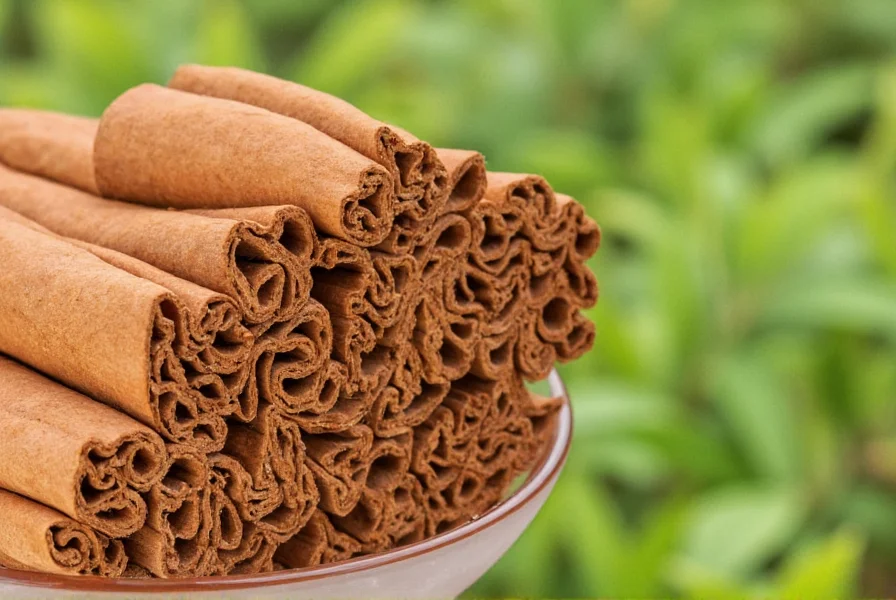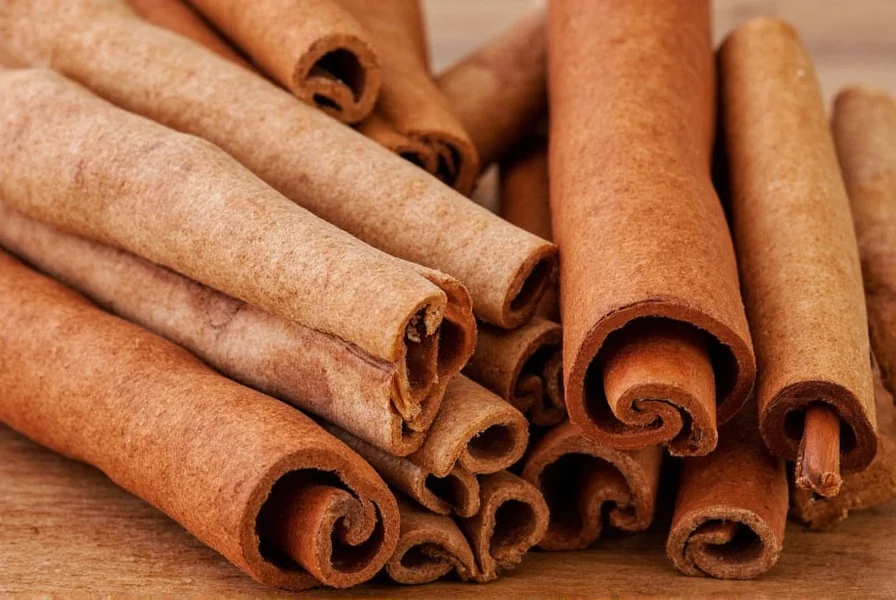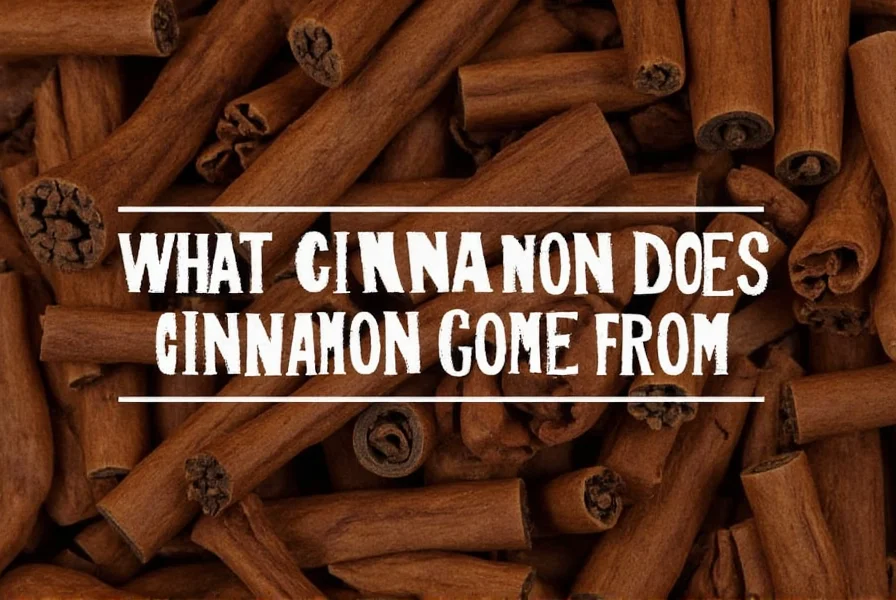Cinnamon has been treasured for thousands of years, but few people know exactly what tree does cinnamon come from. This fragrant spice originates from the inner bark of several tree species within the Cinnamomum genus, part of the Lauraceae family. Understanding the botanical source of cinnamon reveals why there are different types of this popular spice and how they vary in flavor, quality, and usage.
The Cinnamon Tree: Botanical Background
Cinnamon trees are tropical evergreen plants that thrive in specific climate conditions. The two primary species used for commercial cinnamon production are:
- Cinnamomum verum (formerly Cinnamomum zeylanicum) - Known as "true cinnamon" or Ceylon cinnamon
- Cinnamomum cassia - Commonly called cassia cinnamon or Chinese cinnamon
While both produce the spice we call cinnamon, they come from different tree species with distinct characteristics. Cinnamomum verum is native to Sri Lanka and southern India, while Cinnamomum cassia originates from southern China.

Ceylon Cinnamon vs. Cassia Cinnamon: Understanding the Difference
When researching what tree does cinnamon come from, it's essential to distinguish between the two main types:
| Characteristic | Ceylon Cinnamon (C. verum) | Cassia Cinnamon (C. cassia) |
|---|---|---|
| Origin | Sri Lanka, India | China, Indonesia, Vietnam |
| Bark Structure | Multiple thin, delicate layers | Single thick, hard layer |
| Color | Light tan to medium brown | Dark reddish-brown |
| Taste Profile | Milder, sweeter, more complex | Stronger, spicier, more pungent |
| Coumarin Content | Very low (safe for regular consumption) | High (potential health concerns with regular large doses) |
Ceylon cinnamon, often called "true cinnamon," forms delicate, multi-layered quills that resemble a cigar. Cassia cinnamon produces a single, thicker, harder quill. This structural difference affects both the flavor profile and culinary applications of each type.
Where Cinnamon Trees Grow
Cinnamon trees require specific tropical conditions to thrive. The ideal growing environment includes:
- Temperatures between 20-30°C (68-86°F)
- High humidity levels
- Well-drained, fertile soil
- Annual rainfall of 2,000-2,500 mm
Sri Lanka remains the world's largest producer of Ceylon cinnamon, accounting for approximately 80-90% of global production. Indonesia dominates cassia cinnamon production, followed by China and Vietnam. These geographical distinctions directly impact what tree does cinnamon come from in commercial products you find in stores.
The Cinnamon Harvesting Process
Understanding how cinnamon is harvested reveals why the tree's age and care matter. The process of obtaining cinnamon from Cinnamomum trees involves several precise steps:
- Cultivation: Trees are grown for 2-3 years before the first harvest
- Cutting: Mature branches are cut close to the ground
- Peeling: The outer bark is removed, then the inner bark is carefully separated
- Drying: The inner bark curls naturally as it dries, forming the familiar quills
- Processing: Quills are cut to standard lengths and graded
The quality of cinnamon depends significantly on the harvesting technique and timing. Skilled workers can identify the optimal moment when the bark will separate cleanly from the wood, which directly affects the cinnamon's flavor and aroma.

Historical Significance of Cinnamon Trees
Cinnamon's history spans millennia, with ancient civilizations valuing it highly. Egyptian texts from 2000 BCE mention cinnamon, and it was so prized in ancient Rome that Emperor Nero allegedly burned a year's supply at his wife's funeral.
For centuries, the source of cinnamon was a closely guarded secret by Arab traders who spread tales of dangerous creatures guarding the trees. This mystery surrounding what tree does cinnamon come from contributed to its high value in medieval Europe, where it was worth more than gold by weight.
Identifying Cinnamon Trees
Cinnamomum trees share several distinctive characteristics that help identify them:
- Height: Typically grow 10-15 meters (33-49 feet) tall
- Leaves: Oval-shaped, 7-18 cm long, with a glossy green upper surface
- Bark: Smooth and grayish when young, becoming rougher with age
- Flowers: Small, white or greenish-yellow clusters
- Fruit: Small purple berries containing a single seed
The leaves of Cinnamomum verum have a distinctive triple-vein pattern that helps distinguish it from other species. When crushed, both leaves and bark emit the characteristic cinnamon aroma due to the essential oil cinnamaldehyde.
Modern Cinnamon Production
Today, cinnamon production combines traditional methods with modern quality control. Sri Lankan producers of Ceylon cinnamon maintain many traditional harvesting techniques while implementing food safety standards. The grading system for Ceylon cinnamon includes categories like:
- Alba (the highest grade, thinnest quills)
- Continental
- Extra Special
- Special
- Firsts
- Seconds
Each grade corresponds to the thickness and quality of the bark quills. Understanding these distinctions helps consumers identify authentic Ceylon cinnamon versus the more common cassia variety when shopping for products derived from what tree does cinnamon come from.











 浙公网安备
33010002000092号
浙公网安备
33010002000092号 浙B2-20120091-4
浙B2-20120091-4